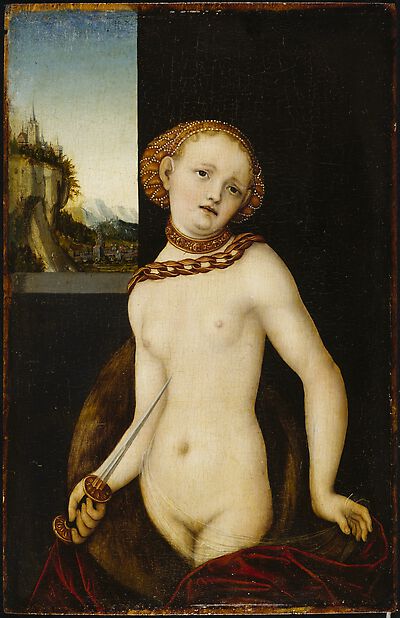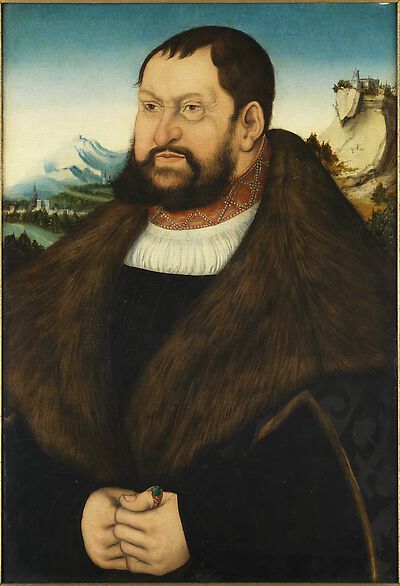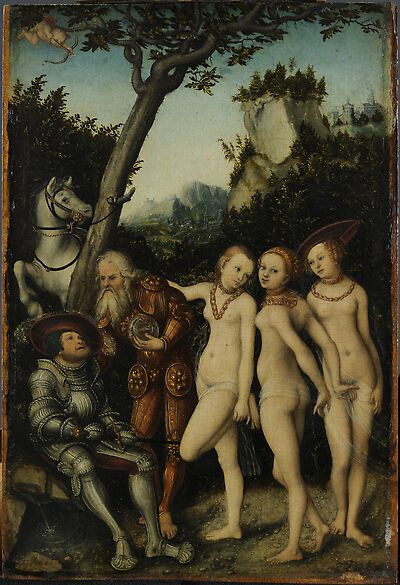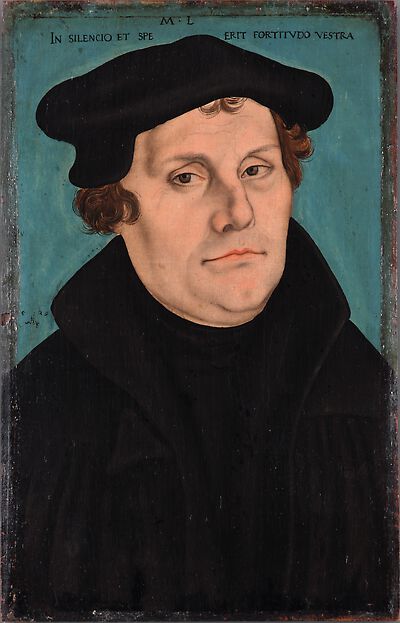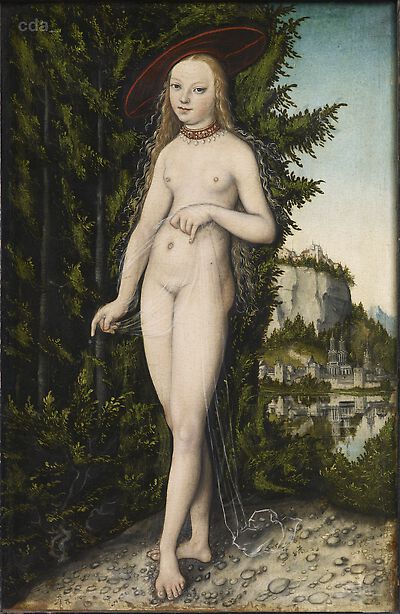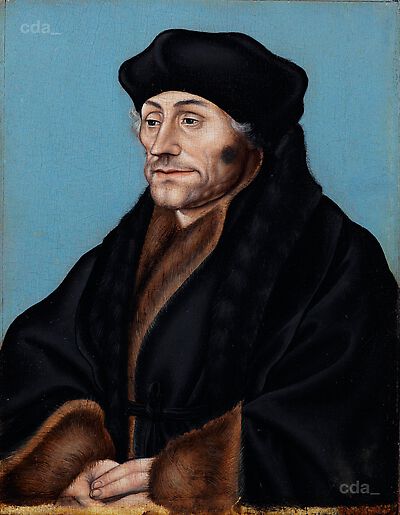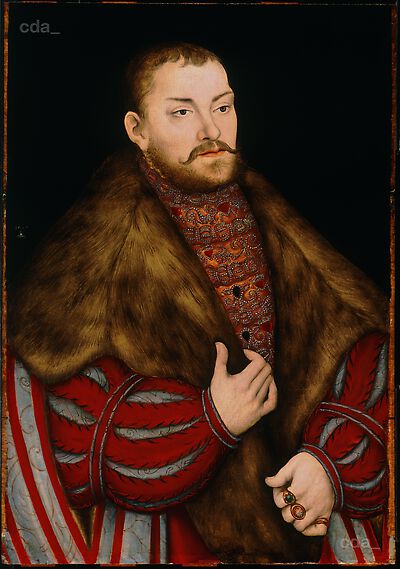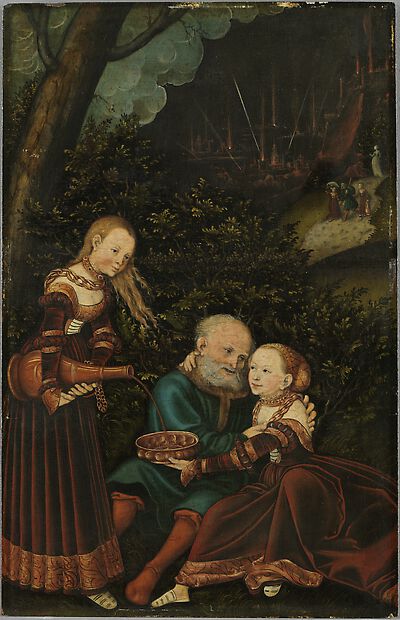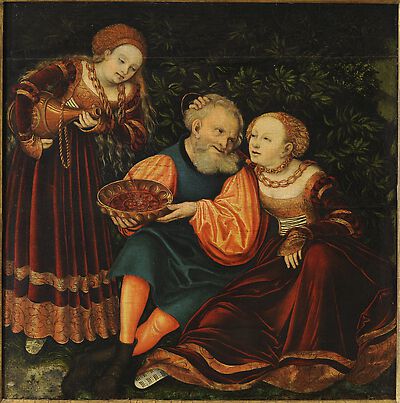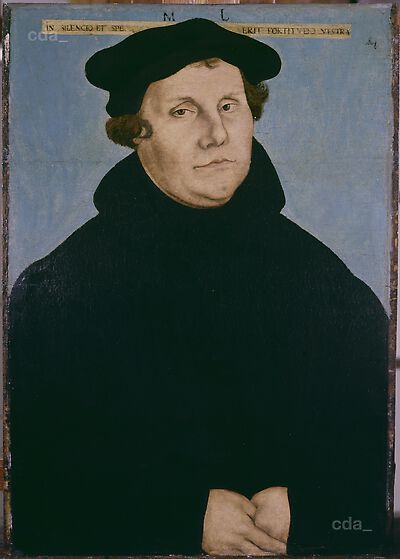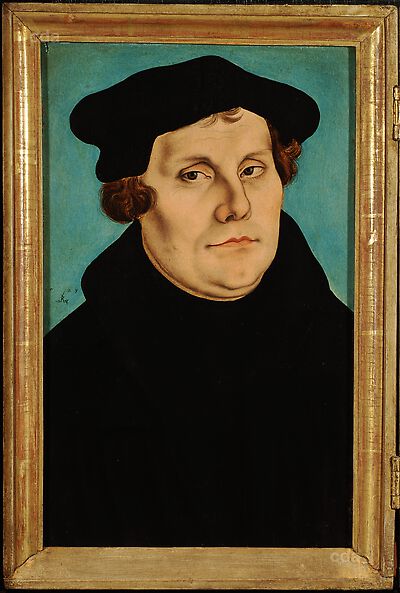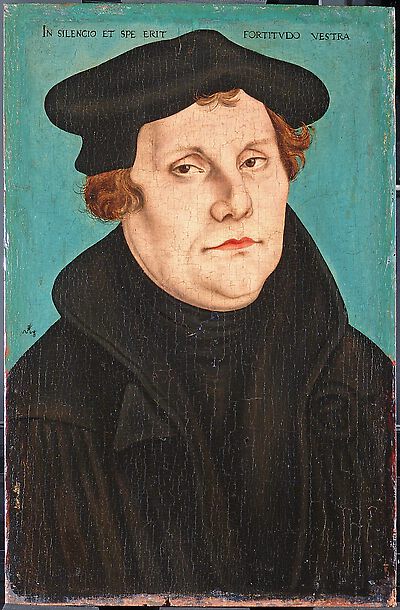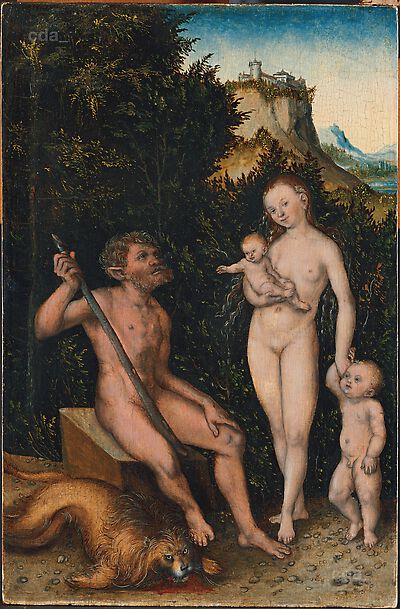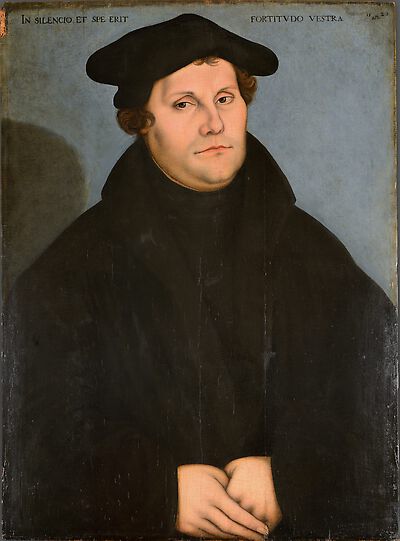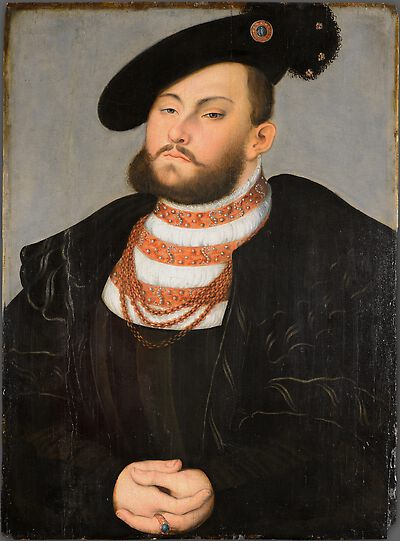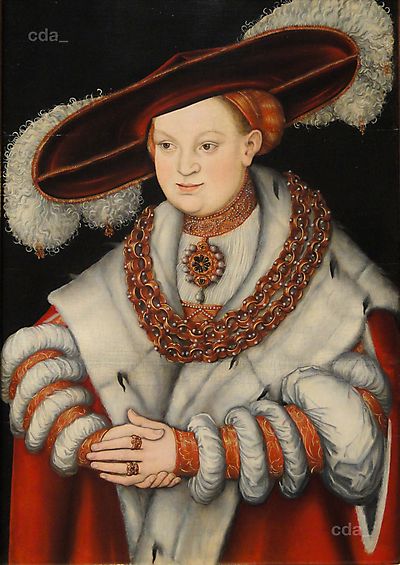| Cat. Coburg 2018 |
36, 142 |
under no. 2 |
|
| Author | Klaus Weschenfelder |
|---|
| Title | Cranach in Coburg. Gemälde von Lucas Cranach d.Ä., Lucas Cranach d.J., der Werkstatt und des Umkreises in den Kunstsammlungen der Veste Coburg |
|---|
| Place of Publication | Regensburg |
|---|
| Year of Publication | 2018 |
|---|
|
| Exhib. Cat. Vienna 2011 |
|
061 |
|
| Editor | Christof Metzger, Sabine Haag, Karl Schütz |
|---|
| Title | Dürer, Cranach, Holbein. Die Entdeckung des Menschen das deutsche Porträt um 1500 [Kunsthistorisches Museum, Vienna, 31 May 2011 - 4 Sept. 2011, Kunsthalle der Hypo-Kulturstiftung Munich, 16 Sept.-15 Jan. 2012] |
|---|
| Place of Publication | Munich |
|---|
| Year of Publication | 2011 |
|---|
|
| Exhib. Cat. Rome 2010 |
185 - 187 |
No. 18 |
Pl. p. 187 |
| Editor | Galleria Borghese, Rome, Anna Coliva, Bernard Aikema |
|---|
| Title | Cranach. L'altro rinascimento / a different renaissance, [Rome, Galleria Borghese 15 ottobre 2010 - 13 febbraio 2011] |
|---|
| Place of Publication | Milan |
|---|
| Year of Publication | 2010 |
|---|
|
| Cat. Nuremberg 1997 |
133 |
|
|
| Author | Kurt Löcher |
|---|
| Title | Die Gemälde des 16. Jahrhunderts. Germanisches Nationalmuseum Nürnberg |
|---|
| Place of Publication | Ostfildern-Ruit |
|---|
| Year of Publication | 1997 |
|---|
|
| Klein 1994 A |
195 |
|
Tab. 1 |
| Author | Peter Klein |
|---|
| Title | Lucas Cranach und seine Werkstatt. Holzarten und dendrochronologische Analyse |
|---|
| Publication | in Claus Grimm, Johannes Erichsen, Evamaria Brockhoff, eds.,Lucas Cranach. Ein Maler-Unternehmer aus Franken, Exhib. Cat. Kronach 1994 |
|---|
| Series | Veröffentlichungen zur bayerischen Geschichte und Kultur |
|---|
| Volume | 26 |
|---|
| Place of Publication | Augsburg, Coburg |
|---|
| Year of Publication | 1994 |
|---|
| Pages | 194-200 |
|---|
|
| Reiter 1994 |
42, Fn. 20 |
|
|
| Author | Cornelia Reiter |
|---|
| Title | Die Geschichte der Gemäldesammlung des Schottenstiftes |
|---|
| Publication | in Alfred Brogyányi, ed., Festschrift zur Eröffnung des Museums im Schottenstift |
|---|
| Place of Publication | Vienna |
|---|
| Year of Publication | 1994 |
|---|
| Pages | 39-44 |
|---|
|
| Cat. Vienna 1991 |
46 |
|
Plate 592 |
| Author | Wolfgang von Prohaska, Sylvia Ferino-Pagden |
|---|
| Editor | Karl Schütz |
|---|
| Title | Die Gemäldegalerie des Kunsthistorischen Museums in Wien. Verzeichnis der Gemälde |
|---|
| Series | Führer durch das Kunsthistorische Museum |
|---|
| Volume | 40 |
|---|
| Place of Publication | Vienna |
|---|
| Year of Publication | 1991 |
|---|
|
| Friedländer, Rosenberg 1979 |
101 |
152 |
Fig. 152 |
| Author | Max J. Friedländer, Jakob Rosenberg |
|---|
| Editor | G. Schwartz |
|---|
| Title | Die Gemälde von Lucas Cranach |
|---|
| Place of Publication | Basel, Boston, Stuttgart |
|---|
| Year of Publication | 1979 |
|---|
|
| Cat. Vienna 1973 |
49 |
|
pl. 130? |
| Editor | Klaus Demus |
|---|
| Title | Verzeichnis der Gemälde |
|---|
| Series | Führer durch das Kunsthistorische Museum |
|---|
| Volume | 18 |
|---|
| Place of Publication | Vienna |
|---|
| Year of Publication | 1973 |
|---|
|
| Benesch 1972 E |
377 |
|
|
| Author | Otto Benesch |
|---|
| Title | Wien - Museen |
|---|
| Publication | in Eva Benesch, ed., Collected Writings of Otto Benesch. Vol. 3. German and Austrian Art of the 15th and 16th Centuries |
|---|
| Volume | 3 |
|---|
| Place of Publication | New York, London |
|---|
| Year of Publication | 1972 |
|---|
| Pages | 377-378 |
|---|
|
| Exhib. Cat. Vienna 1972 |
|
No. 7 |
Fig. 8 |
| Author | Karl Schütz |
|---|
| Editor | Kunsthistorisches Museum, Wien |
|---|
| Title | Lucas Cranach der Ältere und seine Werkstatt. Jubiläumsausstellung museumseigener Werke 1472-1972 |
|---|
| Place of Publication | Vienna |
|---|
| Year of Publication | 1972 |
|---|
|
| Cat. Vienna 1963 |
37 |
No. 108 |
|
| Author | n. a. |
|---|
| Title | Katalog der Gemäldegalerie. 2, Vlamen, Holländer, Deutsche, Franzosen |
|---|
| Series | Führer durch das Kunsthistorische Museum |
|---|
| Volume | 8/2 |
|---|
| Place of Publication | Vienna |
|---|
| Year of Publication | 1963 |
|---|
|
| Exhib. Cat. Graz 1953 |
24 |
No. 28 |
|
| Editor | Landesmuseum Joanneum, Graz |
|---|
| Title | Dürer und seine Zeit. Meisterwerke der deutschen Malerei des 16. Jahrhunderts. Sonderausstellung der Gemäldegalerie des Kunsthistorischen Museums, Wien im Steiermärkischen Landesmuseum Joanneum, Graz [Steiermärkischen Landesmuseum Joanneum, Graz] |
|---|
| Place of Publication | Graz |
|---|
| Year of Publication | 1953 |
|---|
|
| Exhib. Cat. Oslo 1952 |
11 |
No. 38 |
|
| Editor | Nasjonalgalleriet, Oslo |
|---|
| Title | Kunstkatter fra Wien [Oslo, Nasjonalgalleriet] |
|---|
| Place of Publication | Oslo |
|---|
| Year of Publication | 1952 |
|---|
|
| Exhib. Cat. Copenhagen 1948 |
32 |
No. 45 |
|
| Author | Statens Museum for Kunst (Denmark) |
|---|
| Title | København: Kunstkatte fra Wien. Katalog zur Ausstellung von Dez. 1948-Februar 1949 |
|---|
| Place of Publication | Copenhagen |
|---|
| Year of Publication | 1948 |
|---|
|
| Exhib. Cat. Stockholm 1948 |
63 |
No. 171 |
|
| Author | Nationalmuseum, Stockholm |
|---|
| Title | Nationalmuseum Stockholm: Konstkatter från Wien. Katalog zur Ausstellung von Mai-August 1948 |
|---|
| Series | Nationalmusei Utställningskataloger |
|---|
| Volume | 147 |
|---|
| Place of Publication | Stockholm |
|---|
| Year of Publication | 1948 |
|---|
|
| Exhib. Cat. Amsterdam 1947 |
20 |
No. 41 |
|
| Editor | Rijksmuseum, Amsterdam |
|---|
| Title | Kunstschatten uit Wenen. Meesterwerken uit Oostenrijk. Catalogus met 84 afbeeldingen. Rijksmuseum Amsterdam 10. Juli - 12. October 1947 |
|---|
| Place of Publication | Amsterdam |
|---|
| Year of Publication | 1947 |
|---|
|
| Exhib. Cat. Brussels 1947 |
17 |
No. 24 |
|
| Author | n. a. |
|---|
| Title | Les Relation Artistiques Austro-Belges illustrées par les Chefs-d'oevre des Musées de Vienne [Brussels, Palais des Beaux-Arts, April-June 1947] |
|---|
| Place of Publication | Brussels |
|---|
| Year of Publication | 1947 |
|---|
|
| Lilienfein 1942 |
69 |
|
Fig. 90 |
| Author | Heinrich Lilienfein |
|---|
| Title | Lukas Cranach und seine Zeit |
|---|
| Place of Publication | Bielefeld |
|---|
| Year of Publication | 1942 |
|---|
|
| Cat. Vienna 1938 |
41 |
No. 1455 |
|
| Author | n. a. |
|---|
| Title | Kunsthistorisches Museum: Katalog der Gemäldegalerie |
|---|
| Series | Führer durch das Kunsthistorische Museum |
|---|
| Volume | 8 |
|---|
| Place of Publication | Vienna |
|---|
| Issue | Second edition |
|---|
| Year of Publication | 1938 |
|---|
|
| Wolters 1938 |
126 |
|
Figs. 79, 80 |
| Author | Christian Wolters |
|---|
| Title | Die Bedeutung der Gemäldedurchleuchtung mit Röntgenstrahlen für die Kunstgeschichte. Dargestellt an Beispielen aus der niederländischen und deutschen Malerei des 15. und 16. Jahrhunderts |
|---|
| Series | Veröffentlichungen zur Kunstgeschichte |
|---|
| Volume | 3 |
|---|
| Place of Publication | Frankfurt am Main |
|---|
| Year of Publication | 1938 |
|---|
|
| Friedländer, Rosenberg 1932 |
54-55 |
129 |
|
|
|
| Cat. Vienna 1928 |
56 |
No. 1455 |
|
| Author | n. a. |
|---|
| Title | Kunsthistorisches Museum: Katalog der Gemäldegalerie |
|---|
| Series | Führer durch die Kunsthistorischen Sammlungen in Wien |
|---|
| Volume | 8 |
|---|
| Place of Publication | Vienna |
|---|
| Year of Publication | 1928 |
|---|
|
| Baldass 1922 B |
80 |
|
|
| Author | Ludwig Baldass |
|---|
| Title | Die altösterreichischen Tafelbilder der Wiener Gemäldegalerie |
|---|
| Journal | Wiener Jahrbuch für bildende Kunst |
|---|
| Issue | Jg. 5 |
|---|
| Year of Publication | 1922 |
|---|
| Pages | 67-86 |
|---|
|
| Frimmel 1917 |
104-105 |
|
|
| Author | Theodor von Frimmel |
|---|
| Title | Die Gemäldesammlung des Wiener Schottenstiftes |
|---|
| Journal | Studien und Skizzen zur Gemäldekunde |
|---|
| Issue | Jg. III. Band, H. I. und II. Lieferung (Jänner 1917) |
|---|
| Year of Publication | 1917 |
|---|
| Pages | 101-108 |
|---|
|
| Cat. Vienna 1907 |
336 |
No. 1455 (E.1482) |
Fig. 1455 |
| Author | n. a. |
|---|
| Title | Kunsthistorische Sammlungen des allerhöchsten Kaiserhauses: Die Gemäldegalerie. Alte Meister |
|---|
| Place of Publication | Vienna |
|---|
| Year of Publication | 1907 |
|---|
|
| Cat. Vienna 1896 B |
423 |
No. 1455 |
|
| Author | n. a. |
|---|
| Title | Kunsthistorische Sammlungen des allerhöchsten Kaiserhauses: Die Gemälde-Galerie. Alte Meister. Mit 120 Illustrationen |
|---|
| Place of Publication | Vienna |
|---|
| Year of Publication | 1896 |
|---|
|
| Cat. Vienna 1892 |
389 |
No. 1541 |
|
| Author | n. a. |
|---|
| Title | Kunsthistorische Sammlungen des allerhöchsten Kaiserhauses: Führer durch die Gemäldegalerie. I. Theil. Gemälde alter Meister |
|---|
| Volume | 1 |
|---|
| Place of Publication | Vienna |
|---|
| Year of Publication | 1892 |
|---|
|
| Frimmel 1891B |
81-82 |
|
|
| Author | Theodor von Frimmel |
|---|
| Title | Litteraturbericht. Carl von Lützow: Katalog der Gemäldegalerie in der k.k. Akademie der bildenden Künste, bearbeitet "im Auftrage und auf Kosten des hohen k.k. Ministeriums für Cultus und Unterricht" |
|---|
| Journal | Repertorium für Kunstwissenschaft |
|---|
| Issue | Jg. 15 |
|---|
| Year of Publication | 1891 |
|---|
| Pages | 76-87 |
|---|
|
| Scheibler 1887 |
297 |
|
|
|
|
| Cat. Vienna 1886 |
53-54 |
No. 1482 |
|
| Author | Eduard von Engerth |
|---|
| Title | Gemälde. Beschreibendes Verzeichnis. Kunsthistorische Sammlungen des Allerhöchsten Kaiserhauses |
|---|
| Volume | 1 - 3 |
|---|
| Place of Publication | Vienna |
|---|
| Year of Publication | 1886 |
|---|
|
| Berger 1883 |
|
Reg. No. 495 |
|
| Author | Adolf Berger |
|---|
| Title | Regest 495. Inventarium aller vnndt jeder Ihrer hochfürstlichen Durchleücht Herrn Herrn Leopoldt Wilhelmen [...] zue Wienn vorhandenen Mahllereyen [...] (ehem. Krumau, Fürstl. Schwarzenbergsches Centralarchiv) |
|---|
| Journal | Jahrbuch der Kunsthistorischen Sammlungen in Wien |
|---|
| Issue | Jg. 1 |
|---|
| Year of Publication | 1883 |
|---|
|
| Waagen 1866 |
170 |
No. 63 |
|
| Author | Gustav Friedrich Waagen |
|---|
| Title | Die vornehmsten Kunstdenkmäler in Wien. Erster Theil: Die k.k. Gemälde-Sammlungen im Schloss Belvedere und in der k.k. Kunst-Akademie, Die Privatsammlungen |
|---|
| Volume | 1 |
|---|
| Place of Publication | Vienna |
|---|
| Year of Publication | 1866 |
|---|
| Link |
https://mdz-nbn-resolving.de/details:bsb10800311 |
|
| Cat. Vienna 1858 |
121 |
No. 63 |
|
| Author | Erasmus Engert |
|---|
| Title | Catalog der k.k. Gemäldegallerie im Belvedere zu Wien |
|---|
| Place of Publication | Vienna |
|---|
| Year of Publication | 1858 |
|---|
|
| Schuchardt 1851 C |
139 |
433 |
|
|
|
| Cat. Vienna 1837 |
208 |
No. 63 |
|
| Author | Albrecht Krafft |
|---|
| Editor | Kunsthistorisches Museum, Wien |
|---|
| Title | Verzeichniss der kais. kön. Gemälde-Gallerie im Belvedere zu Wien |
|---|
| Place of Publication | Vienna |
|---|
| Year of Publication | 1837 |
|---|
|
| Heller 1821 |
229 |
|
|
|
|
| Cat. Vienna 1783 |
208 |
No. 63 |
|
| Author | Christian von Mechel |
|---|
| Title | Verzeichnis der Gemälde der kaiserlich königlichen Bilder Gallerie in Wien. verfaßt von Christian von Mechel der kaiserl. königl. und anderer Akademien Mitglied nach der von ihm auf allerhöchsten Befehl im Jahre 1781 gemachten neuen Einrichtung |
|---|
| Place of Publication | Vienna |
|---|
| Year of Publication | 1783 |
|---|
|
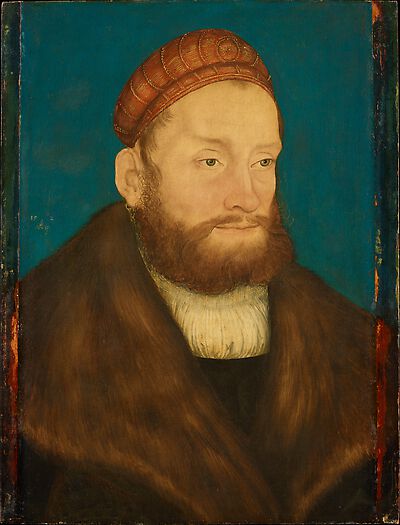
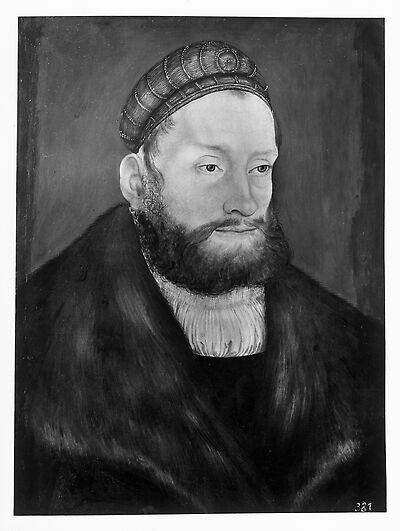
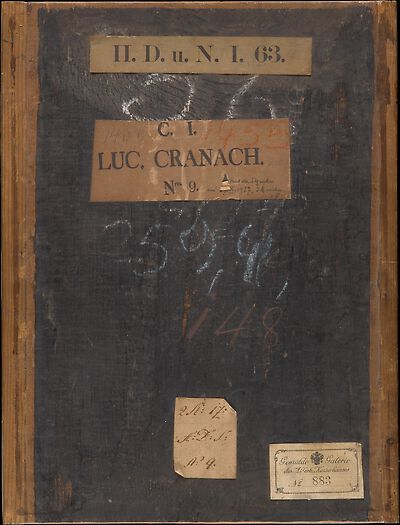
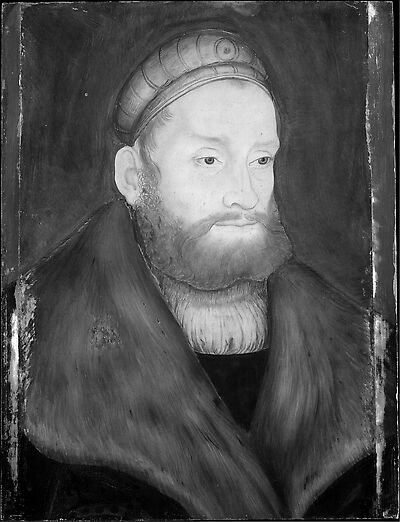
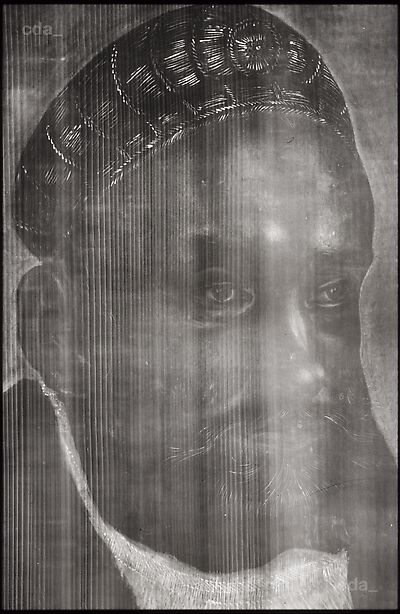
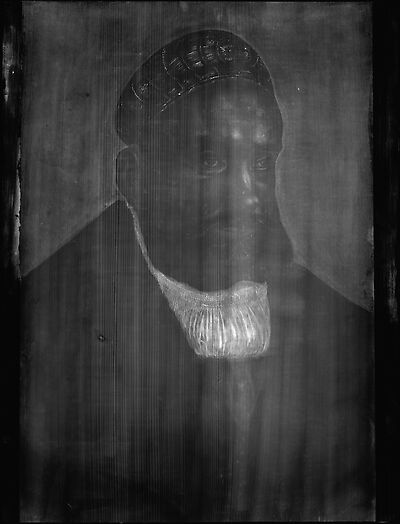
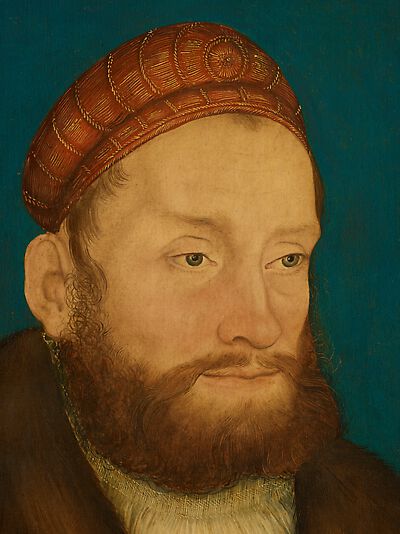
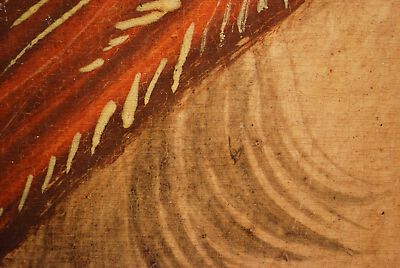
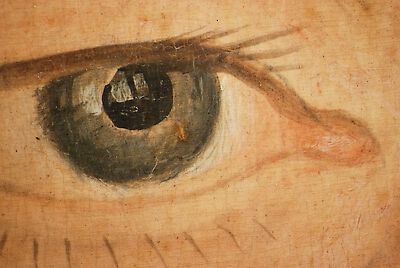
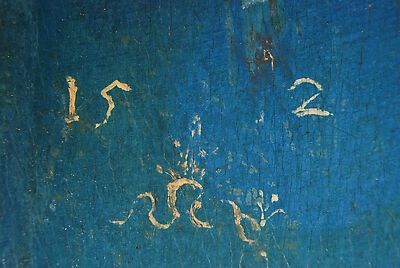
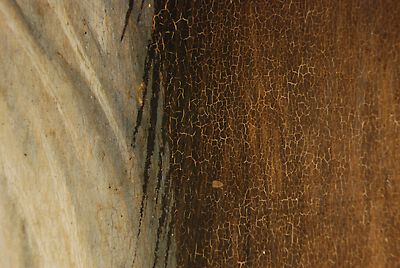
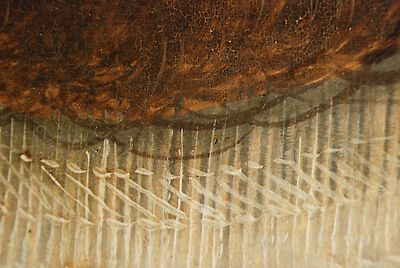
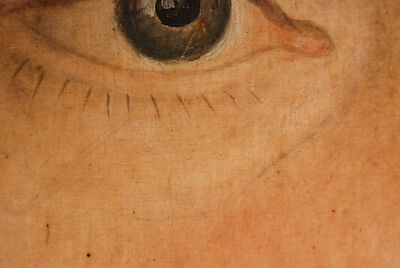
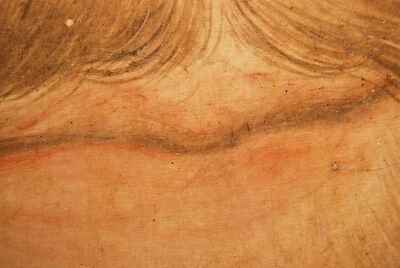
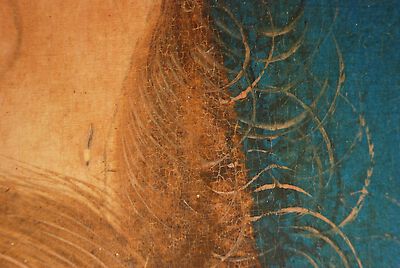
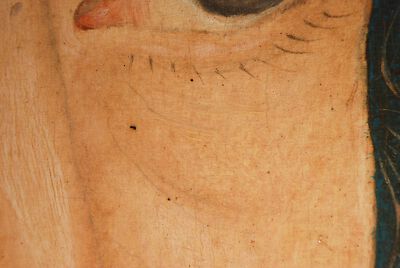
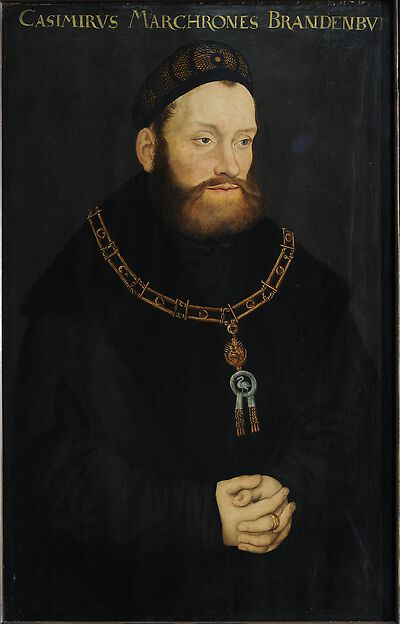
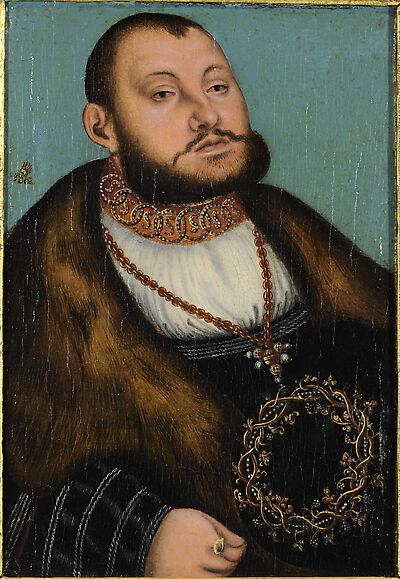
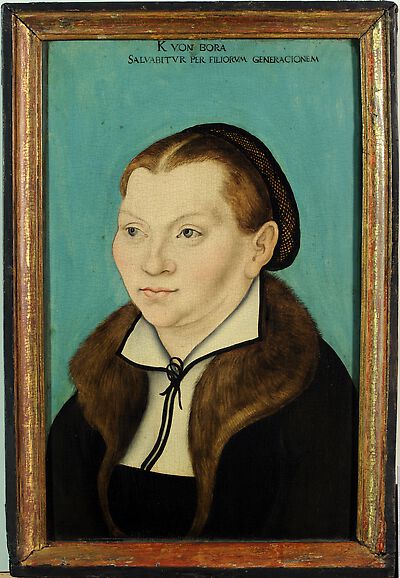
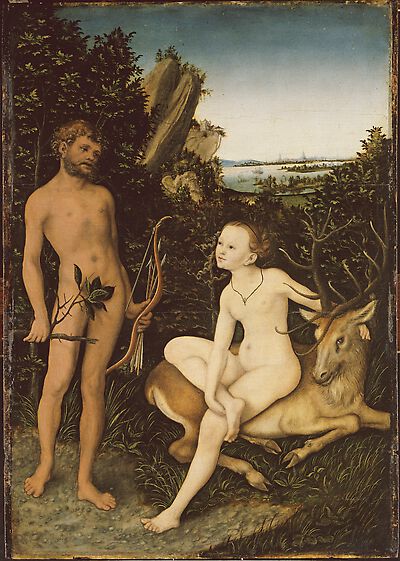

![The Pfirtsch Altar: St Martin [fixed wing panel, left]](https://lucascranach.org/imageserver-2022/DE_BStGS_6264_FRSup007/01_Overall/DE_BStGS_6264_FRSup007_2010_Overall-s.jpg)
![The Pfirtsch Altar: St. Stephan [fixed wing panel, right]](https://lucascranach.org/imageserver-2022/DE_BStGS_6262_FRSup008/01_Overall/DE_BStGS_6262_FRSup008_2011_Overall-s.jpg)
